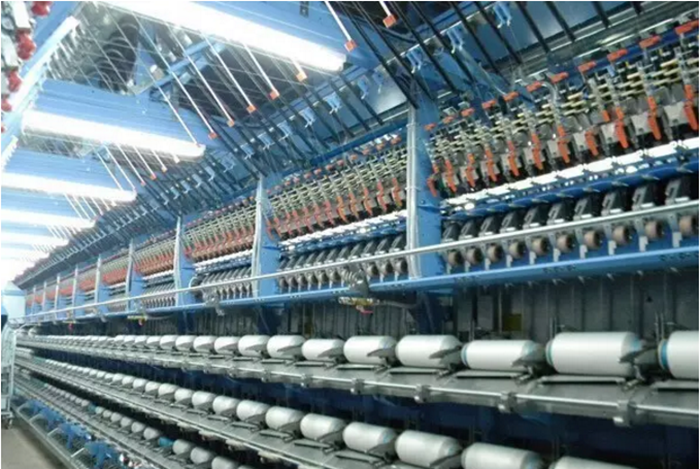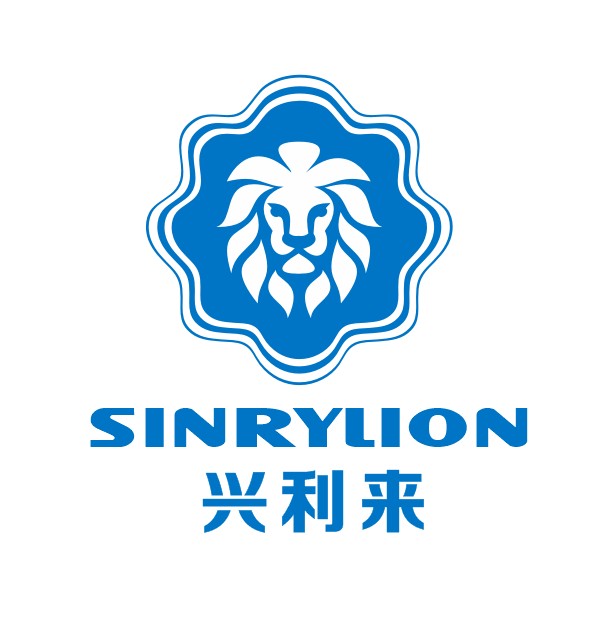Influence of polyester DTY quality on weaving and improvement
2021-07-14
Influence of polyester DTY quality on weaving and improvement
Polyester filament is widely used in clothing, decoration and other fields with its unique style. With the continuous improvement of spinning technology and the pursuit of the diversity of clothing requirements and the comfort of delivery, the quality requirements of polyester filament It is getting higher and higher.
Due to the limitations of DTY production process control and testing methods, some quality issues of DTY are only apparent during the weaving process. Tracking the after-sales service situation of a company in the last three years, the quality problems of the room feedback are mainly color difference or horizontal bar, stiff wire, wool, low weaving efficiency (unwinding), network and other

These quality defects are mainly caused by DTY raw materials, except those caused by weaving, dyeing and finishing processes or equipment. As users demand stricter weaving efficiency, yield and dyeing uniformity, especially with the increasingly fierce competition in the DTY market and the equipment advantages of new production companies, polyester DTY manufacturers are constantly improving the quality of DTY and increasing testing. Strength, to provide customers with satisfactory products.
1. color difference or horizontal bar
Defects and causes
As can be seen from Figure 1, the color difference or the horizontal strip is the most common quality defect of DTY in the weaving process, and it is also the quality problem that causes the greatest loss. It is a color difference warp yarn which appears on the fabric and has an integral multiple of the axis, or a stripe color difference reflected in the weft direction, or the warp and weft color difference is inconsistent; in the knitted fabric, the width distance which is equal to the total number of packages is one circle. Isometric strips appear on (commonly known as a yarn loop).
The chromatic aberration and the horizontal strip phenomenon are mainly the difference between the linear density, the color absorbing property, the crimp shrinkage ratio of some ingots and the same batch of silk ingots, so that the horizontal strips or crepe cloth appear on the woven fabric, which appears after dyeing and finishing. The color difference bar becomes more obvious after finishing with glued sponge or sanding. The difference in linear density causes the fabric to be rough or abnormally transmitted, and the color difference is chromatic aberration; the difference in the crimp shrinkage rate, the high dimensional stability of the fabric after dyeing and finishing high temperature treatment, the horizontal strip due to the difference in shrinkage.
Solution
To solve the three problems of dyeing, such as linear density, color absorption and curl shrinkage, it is necessary to start the whole process management from POY raw materials. In the production process, the uniformity of the linear density must be ensured, and the slurry leakage assembly and the metering pump should be processed in time, and the floating wire should be strictly shunted. Strengthen management, avoid mixed batch, misaligned silk production, slicing or melt quality, component cycle, side blow cooling conditions to be stable; pressure, differential pressure, temperature and speed must be stable in production process parameters, and strict fluctuation shunt standards are established Strengthen the management of the position of the spindle, reduce the difference of the position of the spindle; replace the parts of the expired DTY equipment such as the false twisting disc, the apron, the roller, etc., and keep the processing conditions of all the spindles consistent; the thread path of the DTY processing must be consistent; More stringent coloring standards, practice has proved that it is more and more difficult to meet the increasingly stringent dyeing requirements of users using the gray card standard used by the national standard, which often causes small chromatic aberrations. At present, many manufacturers have adopted the 4.5 standard, and The woven standard sample is used as a reference to subdivide the color of the product in deep, medium and light colors to further improve the dyeing uniformity of the product. In addition, it can be processed according to the characteristics of the customer's fabric, such as weft-knitted fabric, which can improve the curl shrinkage of DTY. Therefore, the flexibility of the DTY is good and full, and the fabric can be covered with some slight stripes after dyeing.
Among the above conditions, especially the consistency of DTY processing conditions is the most prone to problems. In the quality complaint statistics of the past three years, nearly 50% of the color difference and the horizontal strip problem are due to the silky stroke of the elastic process or the existence of the silk track problem. related. The problem is that it needs to attract the attention of DTY processing plants. Due to the large number of spindles, many parts and labor-intensive types, DTY processing has a large proportion of operational errors. According to the experimental comparison, the thread path between the first and second stages of the roller is the most important. The POY thread completes the process of pulling and false twisting between the two parts, and the thread is the core of the elastic. Must be accurate, otherwise the conditions of stretching, heating, cooling, and twisting will be inconsistent, and there will be differences in bulkiness and shrinkage. It is easy to form large chromatic aberrations, and often loses a lot. Therefore, the operator must be required to A section of the silk road is checked for confirmation.
Our cooperative partners:

 English
English 한국어
한국어 বাংলা ভাষার
বাংলা ভাষার हिन्दी
हिन्दी Türkçe
Türkçe русский
русский




